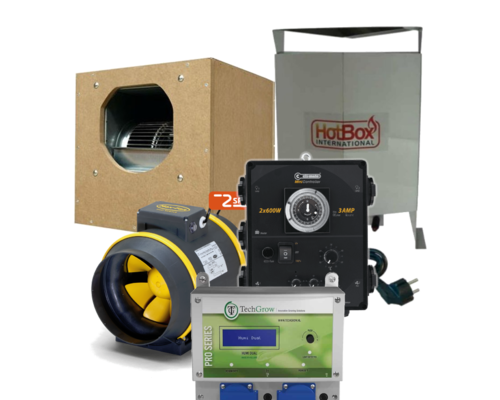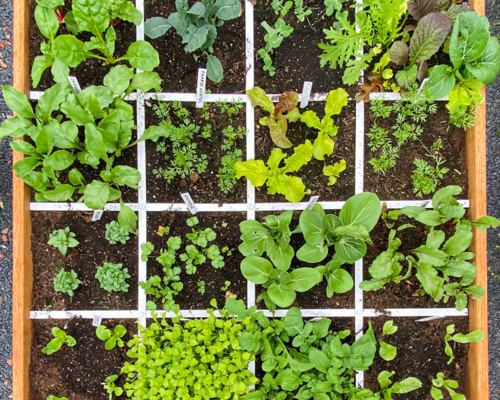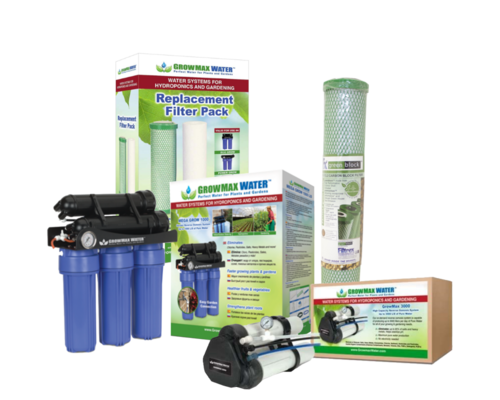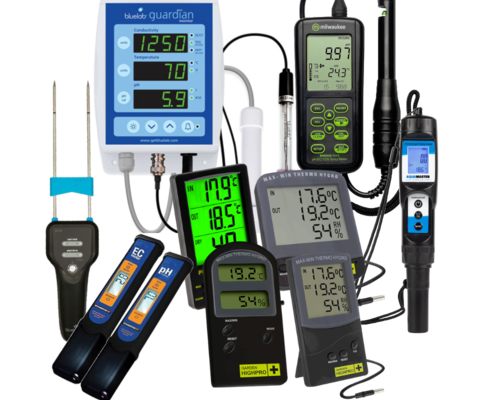Climate control for your grow room
Controlling the climate in a grow room is crucial to successfully growing plants and achieving optimal growing and harvesting results. A stable and controlled climate provides the right temperatures, humidity and lighting conditions that plants need to stay healthy and grow to their maximum potential.
To control the climate in a grow room, there are a number of important factors to consider. Below we discuss these factors and provide tips for setting and managing the climate in a grow room.
Temperature
The temperature in a grow room is very important for plant growth and health. For most types of plants a temperature of around 20-25 degrees Celsius is most suitable. It is important to keep a close eye on the temperature in the grow room and regulate it when necessary, for example by means of heating or cooling.
Humidity
Humidity in a grow room is just as important as temperature. Most types of plants need humidity between 40% and 70%. Too high humidity can lead to problems such as mold growth, while too low humidity can stunt plant growth. It is therefore important to regularly measure the humidity in the grow room and adjust it if necessary by using a humidifier, for example.
Lighting
Grow lights are another important factor in controlling the climate in your grow room. Plants need light to grow, and the amount and quality of light affects the growth and health of your crop. In a grow room, it is important to use the right kind and amount of grow lights, and to ensure a regular and accurate lighting cycle. This can be done, for example, by using LED grow lights or HPS grow lights combined with a timer.
Controlling temperature in your grow room
There are several ways to control the temperature in a grow room, depending on the size and design of the space, as well as the grower's budget and personal preference. Below we discuss some common methods:
- Heating: A heater is one of the most effective ways to control the temperature in a grow room. Several heating devices are available here, including electric heaters and ducted heaters. It is important to choose a heater specifically designed for grow rooms to ensure safety.
- Ventilation: Ventilation is another way to control the temperature in a grow room. Using ventilation and exhaust systems can help remove warm air from the grow room and regulate the temperature.
- Insulation: Insulation is another effective way to regulate the temperature in a grow room. It is important to insulate the walls, floors and ceilings of the grow room to prevent heat loss and keep the temperature inside the room stable.
- Thermostat: A thermostat is another useful tool for controlling the temperature in a grow room. A thermostat allows the grower to accurately control the temperature within the grow room, and to perform automatic changes in temperature depending on desired settings.
It is important to remember that the ideal temperature of a grow room depends on the type of crop being grown, as well as the stage the crop is in. Some types of plants require a higher temperature during the growth phase, while others require a lower temperature during the flowering phase. Therefore, it is important to understand the specific needs of the crop and adjust the temperature accordingly.
Controlling humidity in your grow room
Humidity is an important factor in growing healthy plants in a grow room. Here are some ways to control humidity in a grow room:
- Humidification: Using humidification systems, such as a humidifier, sprayers and misting systems, are one of the most effective ways to control humidity in a grow room. This is especially useful in grow rooms where the air is very dry or where the humidity needs to be increased during the plants' growth phase.
- Heating: Heating can also help regulate humidity in a grow room. When heating the grow room, humidity can automatically increase depending on the heating technique used.
- Ventilation: Ventilation can help regulate humidity in a grow room by removing polluted air from the space and bringing in fresh air.
- Hygrostat: A hygrostat is a useful tool for measuring and controlling the humidity in a grow room. It allows the grower to accurately measure and control the humidity within the grow room, and to perform automatic changes in humidity depending on the desired settings.
It is important to remember that the ideal humidity of a grow room depends on the type of crop being grown, as well as the stage the crop is in. Some types of plants require higher humidity during the growing phase, while others require lower humidity during the flowering phase. Therefore, it is important to understand the specific needs of the crop and adjust the humidity accordingly.
What does a climate controller do?
A climate controller in a grow room is a device that controls and manages the temperature, humidity and other climate factors in the room to create the best conditions for growing healthy crops. The goal is to create an optimal growing environment for your crop, independent of the outdoor environment.
A climate controller comes in different types and usually has several sensors that measure temperature, humidity, CO2 levels and other climate factors in the space. Not every climate controller has these features. The data is then used to control the climate controller to automatically make adjustments to heating, cooling, humidification and ventilation settings.
Some climate controllers are equipped with advanced features, such as a built-in humidistat, thermostat and CO2 controller, allowing the grower to accurately measure and control temperature, humidity and CO2 levels. In fact, a climate controller in a grow room ensures an optimized and constant climate, leading to healthier crops, higher yields and better quality harvests.
Extraction
An extractor for a grow room is a ventilation system that moves air out of the grow room and replaces it with fresh air. The purpose of an extractor is to regulate and optimize the internal environment of the grow room for growing crops.
An extractor works by removing the polluted and warm air that builds up in the grow room and replacing it with fresh air from outside. This provides the crops with fresh and healthy air, allowing them to grow and flourish better.
There are different types of extraction systems available for grow rooms, depending on the size and purpose of the grow room. Most extraction systems are designed to remove only hot air from the grow room, in combination with a carbon filter you can also remove unpleasant odors.
An efficient extraction system is an important part of a successful grow room and can play a crucial role in controlling the grow room environment and improving crop growth and productivity.
Do you want more information?
Want more information on a specific topic? Check our "Knowledge Center" blog page to see if the information you need is among them. Is the information not in one of our blogs? We have a piece of text with each category where the products are explained in broad terms. The most popular categories are:




